
- Alan Cooke of Convio
Alan Cooke knows arts donors. This opera-lover also happens to be a master marketer (formerly with Hewlett Packard) and he puts his passion and his skills to good use at fundraising software company Convio, specializing in systems for non-profit organizations across the spectrum.
Convio’s most visible campaign is likely the Susan G. Komen Race for the Cure team fundraising efforts. (They have also done a fantastic job with Pittsburgh’s own Carnegie Museum.) However, Convio provides a range of different tools—at the core is Convio online marketing, which is a collection of tools—email marketing, website design, platforms for peer-to-peer fundraising, etc.
I recently interviewed Alan after seeing his presentation on online fundraising at the Opera America Conference in June.
Arts organizations, more often than other non-profits, have two messages that they’re getting out there. They’re asking people to buy tickets and on the other hand, they’re asking for a donations. How do you find that different from your other non-profit clients when you’re working with performing arts organizations?
The ticket-selling organizations are a little bit different from the majority of our organizations which only have contributed income. I think that, in terms of opera companies, many people really don’t understand the economic model of an opera company very well. I certainly did not understand that when I was an occasional single ticket buyer for the opera.
Perhaps one of the things that needs to happen is that organizations need to do a much better job, first of all, of making the case that simply selling tickets is not going to cover the cost of the productions. A lot of that is just education. You can make that case pretty well on your website and also through your communications with people, but you do need to make that case. Secondly, there’s the question of where you want to start. In the case of ticket-selling organizations, it’s logical to optimize your website for ticket purchases. There are things that you can do after someone has actually purchased a ticket where you can start to move them down a path and start to make your case--really simple things, like when they buy a ticket give them the option of making a small donation or trying to get people on a monthly plan where they’re giving a relatively small contributions every month. It’s automatic, you don’t have to worry about it and typically the lifetime value of those donors is very, very high.
One of the things that I have seen with digital communications in arts organizations is that you have the marketing department… And then you have the development department. Sometimes they play together very well, but sometimes, you’ll see accounts that are very obviously controlled by one or the other, and not a lot of overall relationship building. Your thoughts?
This problem of silos is a very common problem throughout the whole non-profit world. I think we have marketing departments that have their own agenda and their own tools and then you have a development department that has their own separate tools and they don’t talk about it to each other very much, which causes all kinds of confusion. Breaking down those organizational silos is easier said than done. Often smaller organizations have an easier time because they have fewer people, but as organizations get large, those walls sometimes can become very, very strong. It’s true that there is a lot of marketing chatter, which often doesn’t have very much to do with relationships. I think we’re starting to figure out how to build relationships the way that the development people have always done—you can do those same things online.
A lot of organizations are getting people’s email addresses after they’ve attended one performance and then they get an email asking for, for example, a $150 donation. Marc Van Bree has made the point that that’s like asking someone to marry you after the first date.
That’s right. It’s all about relationships. The online world is not dramatically different from the real world. You need to ask permission and you need to build a relationship with somebody before you start hitting them up for money. That’s a simple thing to do but there’s a surprising number of people who don’t do that.
Then how do you build that relationship and making the case for support to new pools of donors? In your Opera America session, you mentioned the concept of a welcome series.
 So, the idea of a welcome series is that when somebody takes that step of raising their hand and saying, “I am interested in what it is that you have to offer” by giving you their email address, at that point you can’t just ignore them. You can’t just take it for granted and then immediately start asking them for money. Just like you would in a normal face-to-face relationship, you need to welcome that person to your community and you do that by seeking out some spaced email communications thanking the people for getting to know your organization and giving them some background information. Gradually, as you move down what we refer to as the relationship pathway, you give them more and more ways to become involved and to get more deeply embedded in the culture of the organization.
So, the idea of a welcome series is that when somebody takes that step of raising their hand and saying, “I am interested in what it is that you have to offer” by giving you their email address, at that point you can’t just ignore them. You can’t just take it for granted and then immediately start asking them for money. Just like you would in a normal face-to-face relationship, you need to welcome that person to your community and you do that by seeking out some spaced email communications thanking the people for getting to know your organization and giving them some background information. Gradually, as you move down what we refer to as the relationship pathway, you give them more and more ways to become involved and to get more deeply embedded in the culture of the organization.
One of the very good things about using a technology platform is that you can automate all that, so you don’t have to write these things every time. It can be completely built out beforehand and automated. And we have found that by doing that, by making sure that as soon as someone joins your list, they get put into that communication stream. Not only are the open rates higher, but the conversion rates are much higher. And once they actually convert and donate, becoming a financial supporter of the organization, you can take them out of that stream and put them in a different stream. All of that can be automated and set up quite easily.
One of the ways that you mentioned non-profit arts organizations could combat the current economic climate is to reposition themselves as a community resource. How can an organization do that via digital means?
This came out of a conversation that I had with the general manager of my local opera company in Austin and I think that what they had said was fascinating. The difficulty that they encounter, especially in a medium-sized market like Austin, Texas, is that it’s not easy to sell opera. There is a relatively small audience for opera in that kind of a city and particularly in times of recession, it’s difficult to make the case. So this was an enormous struggle for the opera company in Austin, as I feel it is for many opera companies.
What they decided to do, which I thought was very clever of them, was they built an excellent music school on the premises right next to the concert hall and they started to garner quite a bit of attention in the city because of the quality of the music education that they offered to children. They had promoted that pretty heavily on their website and they have started to build a whole new pool of supporters for the opera who are people who would have never been on their list before—parents of children who now go to the school at the opera. It’s a completely new donor pool for them and it’s a donor pool that is amenable to different techniques, so they have started to do a fair amount of online fundraising to that audience, and that’s been pretty effective. They are obviously younger people and people who are not perhaps as familiar with the opera as the traditional audience. It’s basically given them a new pool of donors.
I heard that you recently added a database component to your collection of online tools. Tell me about that.
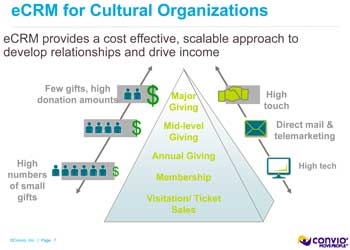 The database component an interesting new development for us. There are obviously a lot of vendors out there that sell databases to non-profit clients, but it became apparent to us that a lot of clients didn’t only want a set of on-line tools. They wanted a set of online tools, but they also wanted an entire CRM [Customer Relationship Management] system, where everything worked together. I think we have done a pretty good job in the past of integrating with programs like Raiser’s Edge. Data flows back into the master database and flows the other way. But it became apparent that a lot of those database tools were expensive and were relatively complex and that there was an opportunity for us to build a more integrated system together, and that was really the approach that we took.
The database component an interesting new development for us. There are obviously a lot of vendors out there that sell databases to non-profit clients, but it became apparent to us that a lot of clients didn’t only want a set of on-line tools. They wanted a set of online tools, but they also wanted an entire CRM [Customer Relationship Management] system, where everything worked together. I think we have done a pretty good job in the past of integrating with programs like Raiser’s Edge. Data flows back into the master database and flows the other way. But it became apparent that a lot of those database tools were expensive and were relatively complex and that there was an opportunity for us to build a more integrated system together, and that was really the approach that we took.
What we decided to do rather than actually building something from scratch ourselves is we partnered with Sales Force. Sales Force has what they refer to as a non-profit template, which is a kind of a database for non-profits based on their commercial product. We built on top of that core piece and we built a product which is called Common Ground™. It’s a database specifically for non-profits, which talks to our online pieces.
So, if I were a development director, sending out emails and getting fine return on investment, but I really want to take my fundraising to the next level, what’s the first thing I should look into from Convio?
Rather than even looking for a tool, Convio is known for extremely interesting and high-quality research. For someone who is just thinking about how to get to the next level, I think they are thought-provoking. Obviously, they are not going to get you there automatically, but there very interesting. For a technology company, we do a lot more research than many technology companies and I think that’s one of our great assets. It depends on who you are; if you are a small organization, I would hope that you are really at the point where you are strongly thinking about bringing in technology to help you get to the next level, I would hope you’d look at product tours, which are short. They are a pretty good way to see what’s possible.
 Sharing information and digital media about public art has never been an easy task for arts administrators. The Western States Arts Federation (WESTAF) seeks to change that when they launch the Public Art Archive - an online, searchable database for public art in the United States. A tool for both arts administrators and the general public, WESTAF’s vision is for the Archive to serve as an easy to use, central source of information about public art. I recently had a chance to speak with the creators of the Public Art Archive and take a guided tour through the site.
Sharing information and digital media about public art has never been an easy task for arts administrators. The Western States Arts Federation (WESTAF) seeks to change that when they launch the Public Art Archive - an online, searchable database for public art in the United States. A tool for both arts administrators and the general public, WESTAF’s vision is for the Archive to serve as an easy to use, central source of information about public art. I recently had a chance to speak with the creators of the Public Art Archive and take a guided tour through the site.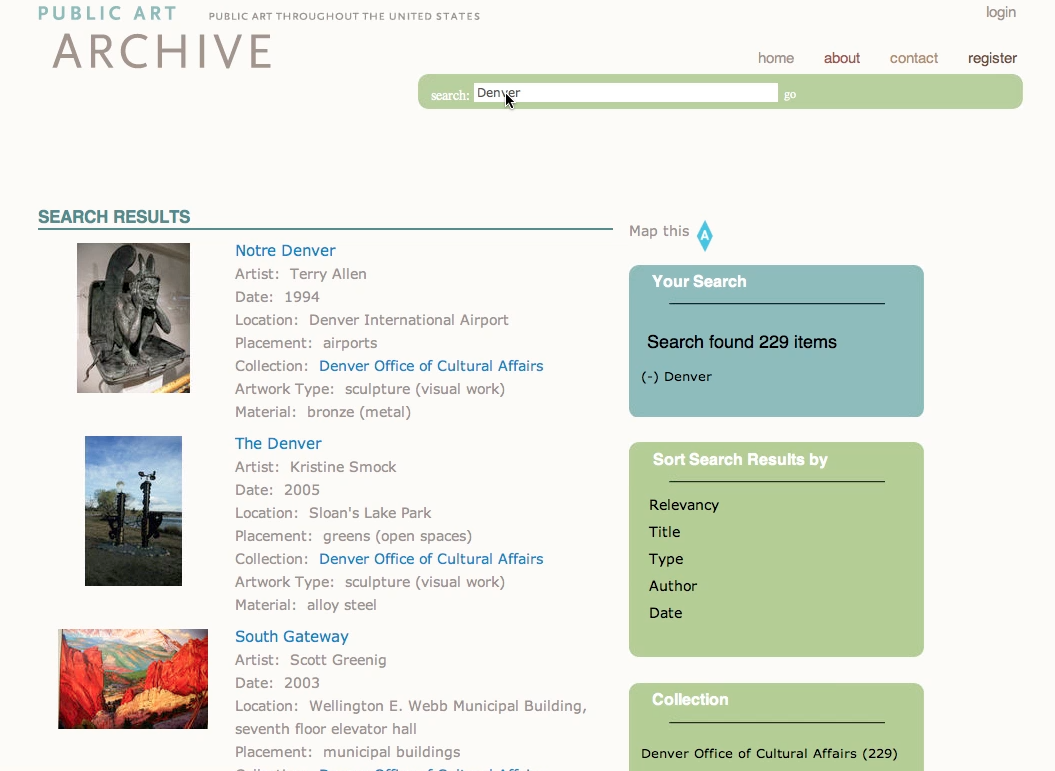
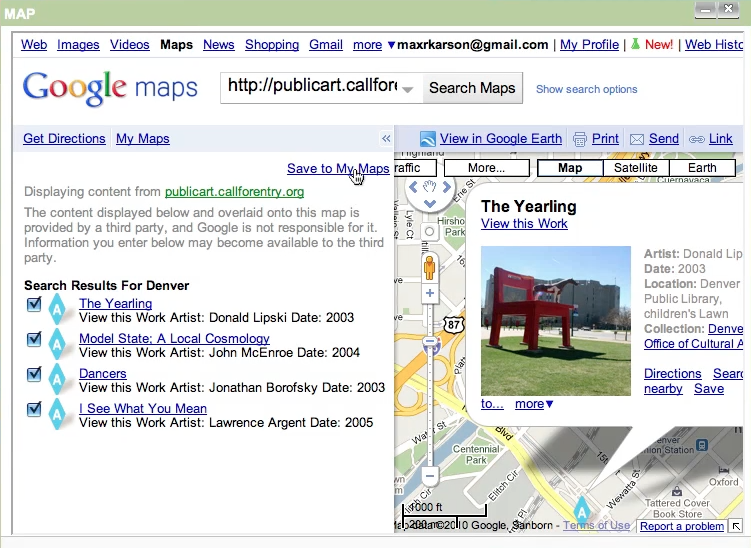









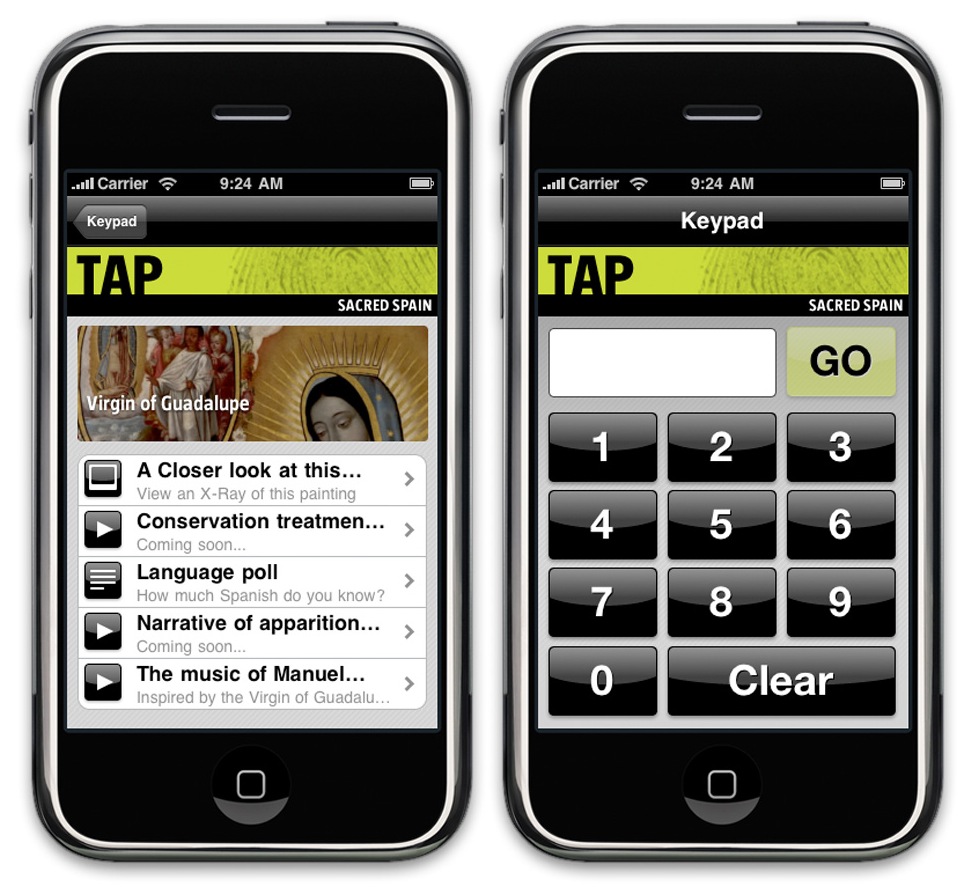
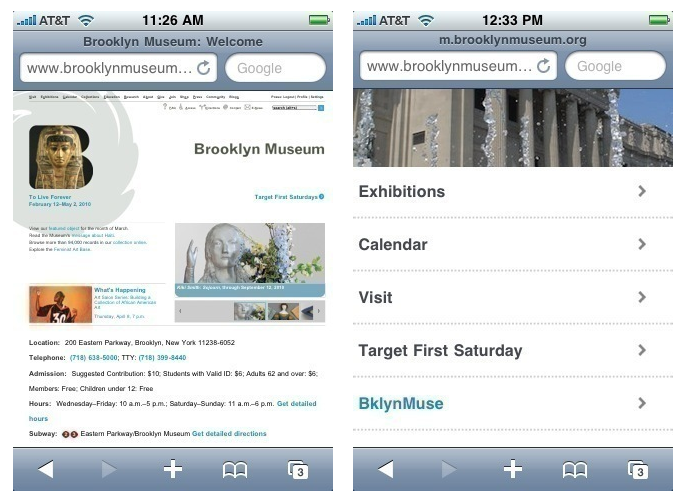
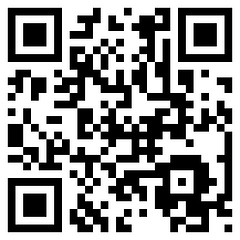
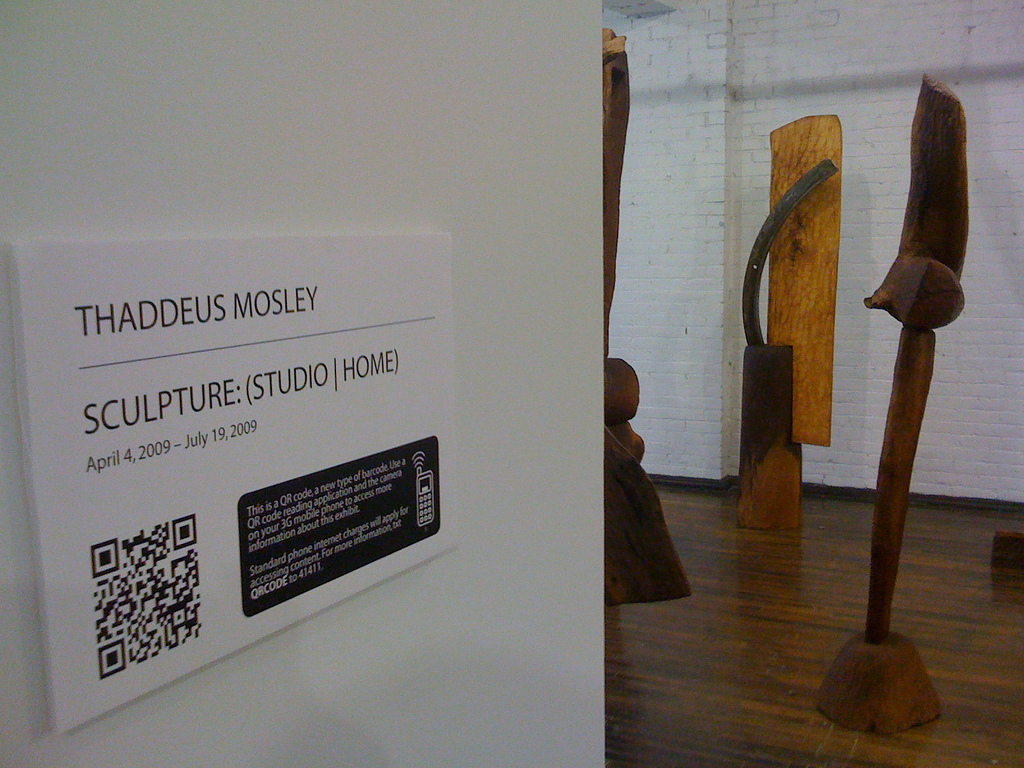
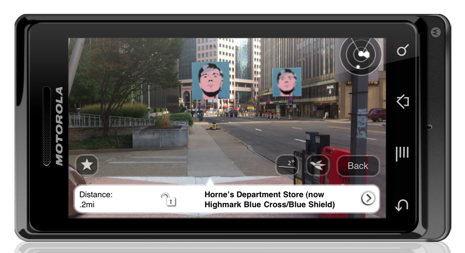
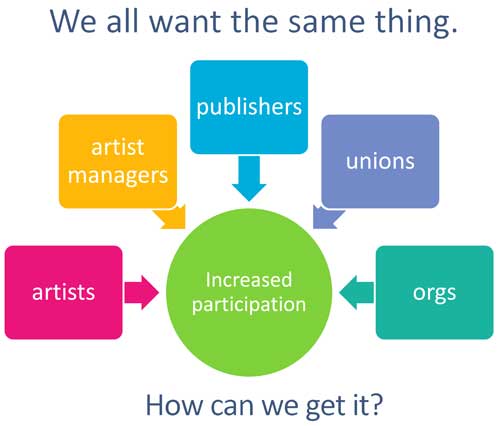 The world of arts management is changing, as all industries are changing, with the proliferation of technology. Especially with the increasing popularity of online media, we as arts managers have had to reconsider the way we see our performances. Is online video footage merely a vessel for our product? Or is it, in fact, our product? Or, can it also be a means to an end?
The world of arts management is changing, as all industries are changing, with the proliferation of technology. Especially with the increasing popularity of online media, we as arts managers have had to reconsider the way we see our performances. Is online video footage merely a vessel for our product? Or is it, in fact, our product? Or, can it also be a means to an end?

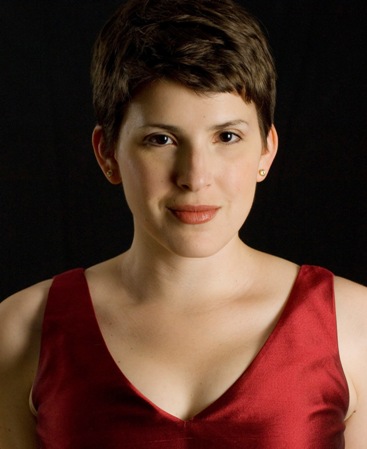
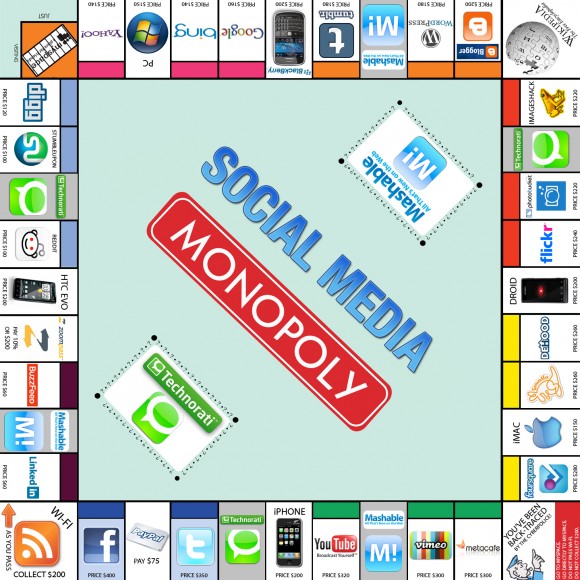

 So, the idea of a welcome series is that when somebody takes that step of raising their hand and saying, “I am interested in what it is that you have to offer” by giving you their email address, at that point you can’t just ignore them. You can’t just take it for granted and then immediately start asking them for money. Just like you would in a normal face-to-face relationship, you need to welcome that person to your community and you do that by seeking out some spaced email communications thanking the people for getting to know your organization and giving them some background information. Gradually, as you move down what we refer to as the relationship pathway, you give them more and more ways to become involved and to get more deeply embedded in the culture of the organization.
So, the idea of a welcome series is that when somebody takes that step of raising their hand and saying, “I am interested in what it is that you have to offer” by giving you their email address, at that point you can’t just ignore them. You can’t just take it for granted and then immediately start asking them for money. Just like you would in a normal face-to-face relationship, you need to welcome that person to your community and you do that by seeking out some spaced email communications thanking the people for getting to know your organization and giving them some background information. Gradually, as you move down what we refer to as the relationship pathway, you give them more and more ways to become involved and to get more deeply embedded in the culture of the organization. The database component an interesting new development for us. There are obviously a lot of vendors out there that sell databases to non-profit clients, but it became apparent to us that a lot of clients didn’t only want a set of on-line tools. They wanted a set of online tools, but they also wanted an entire CRM [Customer Relationship Management] system, where e
The database component an interesting new development for us. There are obviously a lot of vendors out there that sell databases to non-profit clients, but it became apparent to us that a lot of clients didn’t only want a set of on-line tools. They wanted a set of online tools, but they also wanted an entire CRM [Customer Relationship Management] system, where e